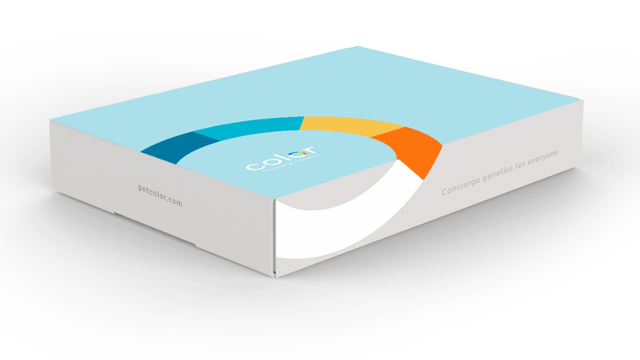How color Genomics Plans To Win Over health suppliers: a tight website
This cancer-screening startup’s employees hail from Google and Twitter. It displays.
January 20, 2016
Elad Gil, colour Genomics’ CEO, doesn’t imagine that his company will earn cash by means of jacking up the cost of its genetic exams. just a decade ago, it value heaps of dollars for ladies to get tested for BRCA 1 and BRCA 2, the genes which can be related to breast and ovarian most cancers. coloration Genomics’ screening take a look at is solely $249.
as an alternative, color Genomics, a startup founded by way of veterans of Twitter and Google, wants to win over sufferers and providers with its straightforward-to-use interface. On Wednesday, the corporate launched a new provider for well being providers to order, observe, and examine the implications of a patients’ genetic check. via logging in to the website online, physicians can test if the pattern has arrived at shade Genomics’ Burlingame, California, lab, and whether or not the patient has related with a genetic counselor to receive the consequences.
up to now, doctors would most often have needed to fill out an extensive household history for each affected person in addition to provide insurance coverage data. the implications would be shared by means of fax.
however now, doctors who order assessments from coloration Genomics can view the standing of the take a look at online. furthermore, the take a look at is designed to be cheap enough that patients is not going to want approval from their insurance provider—many payers will only duvet the check if an individual has a member of the family with most cancers or a mutation—and can pay out of pocket. as well as, no affected person family history is required.
sufferers may log in to the website online and examine a identical set of metrics as they look forward to their outcomes.
A Logistics challenge
this sort of transparency on the subject of pricing, production, and logistics is rare within the field of lab trying out. take a look at prices aren’t frequently shared; samples are now and again misplaced; and studies have shown that medical doctors will from time to time put out of your mind to relay take a look at results to sufferers.
“Our technique is to take perfect practices from e-commerce sites and apply them to health care,” says Gil.
however e-commerce firms do not face difficult regulatory necessities in how they retailer and share knowledge. Gil says that the corporate complies with HIPAA, the regulations that govern how delicate health information is shared amongst health suppliers and their business friends. “we don’t share any patient information with out permission,” he stresses.

robust competitors
coloration Genomics launched in April 2015 with $15 million from investors in the bank. the company quickly made a reputation for itself in health maintain its center of attention on software and products and services. but it surely’s some distance from alone. Counsyl, a fellow Silicon Valley startup, has been round longer, deals extra assessments at inexpensive rates, and it is usually recognized for its neatly-designed tool.
both color Genomics and Counsyl additionally supply sufferers the opportunity to speak to a genetic counselor. In coloration Genomics’s case, it is a requirement that sufferers agenda a phone session ahead of they receive the results. sufferers don’t pay an extra price for that consultation.
In up to date months, the company has experimented with other easy methods to increase awareness of its tests over its competitors. In September 2015, it convinced greater than a dozen startups to duvet half of the cost of a breast most cancers test for his or her workers. This strategy may liberate a profitable new market: employers.
Going ahead, Gil plans to put money into hiring knowledge scientists. in the coming years, he expects that it will be activities for firms to sequence patients’ entire genomes for lower than the cost of a cable television subscription. “in that case, the arena flips from a biology downside into a knowledge and user-interface design downside,” he says. “which is the future we are going to thrive in.”
(36)














